日本独特の食べ物・食材を英語で表現してみよう!【English Diary】#2-102
Hello everyone. Thank you for coming back to my channel. My name is Mai and this is Nomadonomado English Diary for the 25th of May 2022.
I am staying in Japan and enjoying Japanese food. It reminded me of the period when I was working in a Japanese restaurant in Hong Kong. I was in charge of naming new dishes that we sold in the restaurant, which was sometimes difficult.
We have some typical Japanese ingredients, and it was not easy to translate their names into English. I had to write the name of the dishes in Japanese, English and Chinese for the menu of the restaurant, and I always found it difficult.
Today, I’d like to share how I would explain Japanese food and ingredients to English speakers. It’s just my idea from my experience but may be helpful for some people who are learning English or working in the food industry.
One of the Japanese ingredients that is getting more and more popular among Westerners, is Edamame. We can even buy Edamame in supermarkets in Canada, and it says Edamame on the packages.
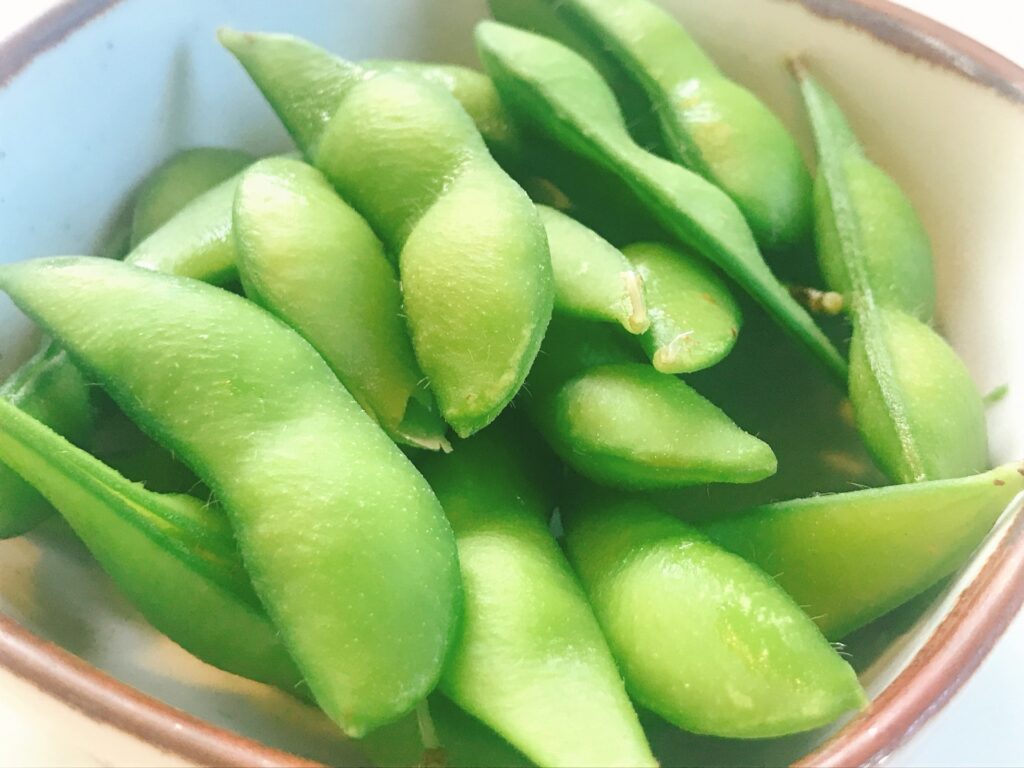
Some Western people may understand the word “Edamame”, but not everyone does. Edamame could be described as young soybeans or unmatured soybeans, which is quite straightforward.
Nattou is another dish which is difficult to explain. If you are talking with someone who knows a bit about Japan, they may understand “Nattou”, but if it’s not, I would say, it’s fermented soybeans which are a bit slimy and have a distinctive smell.
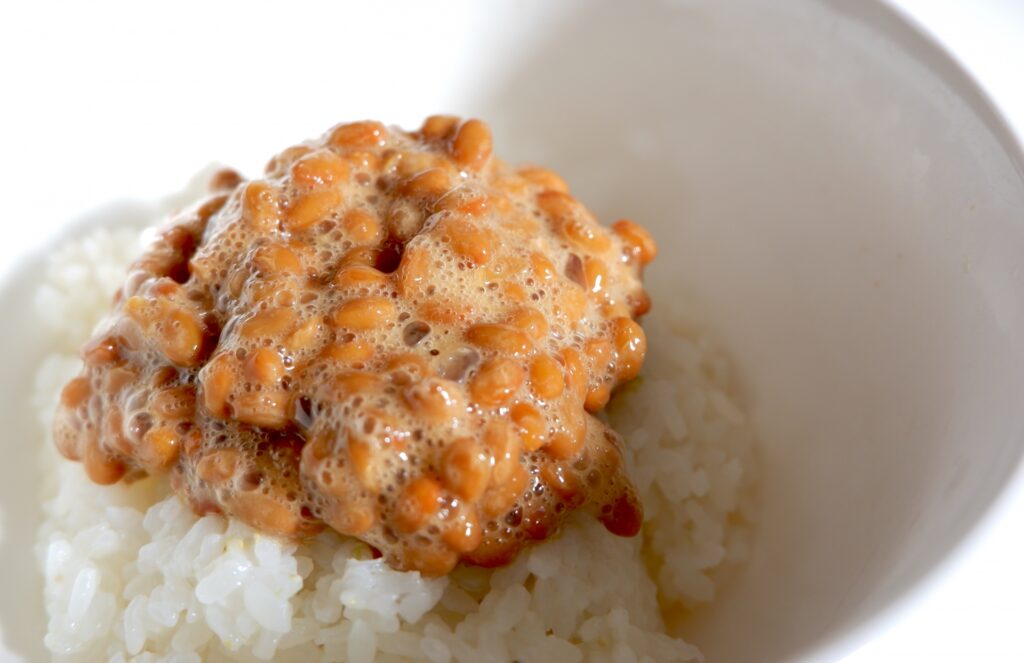
“Slimy” is the word related to “slime”. It doesn’t give a pleasant impression, but I think that’s the word describing the exact appearance of Nattou. Additionally, I would say, Nattou may not look good but it’s tasty and healthy. Also, I think you can use the word “sticky” to explain it.
The next is Yamaimo. I had Yamaimo rice for breakfast this morning, by the way. Yamaimo is explained as Japanese slimy yam. It sounds like we Japanese people like slimy food, doesn’t it?
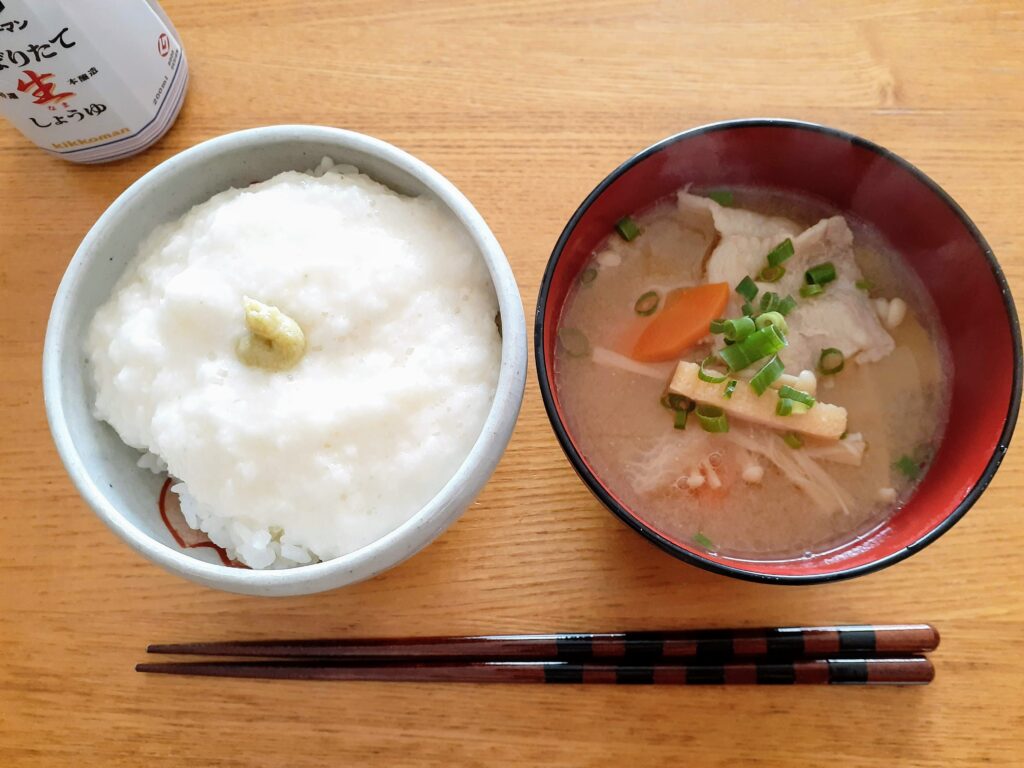
Yam is a potato-like root plant which is edible. Both Yamaimo and Nagaimo are types of yam. I would describe it and say, it’s white and has an interesting texture.
I believe that May is the season of bonito. Bonito is Katsuo in Japanese and I love Katsuo no Tataki. Tataki of “Katsuo no Tataki” means to be cooked outside but inside is raw, doesn’t it? You could use the word “sear” to describe it.
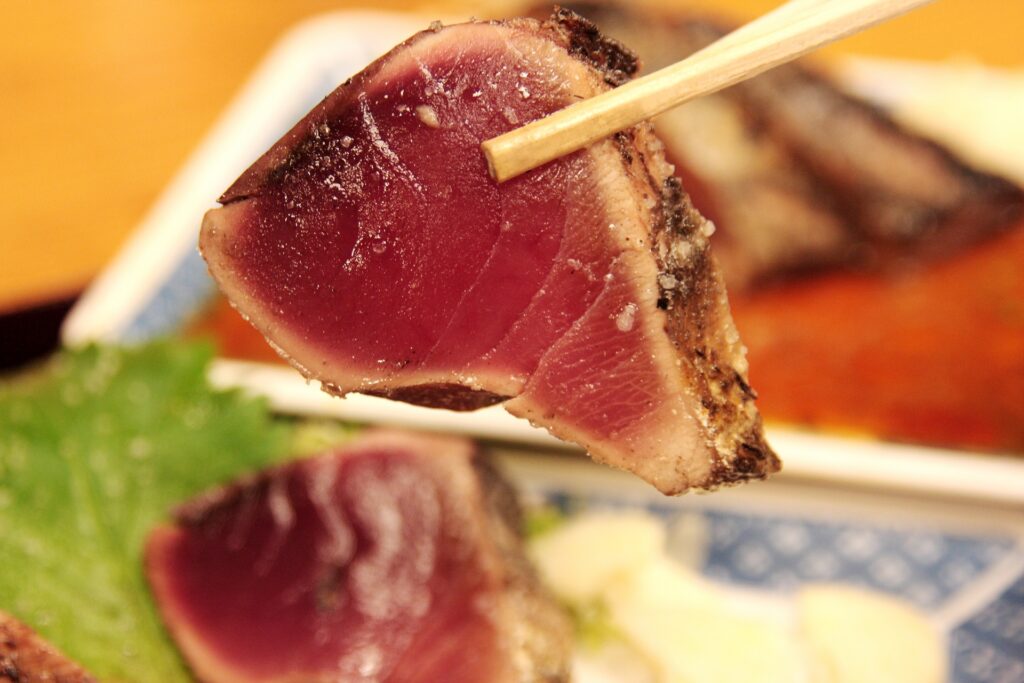
Sear means to burn the surface of something with sudden very strong heat, which is exactly Tataki when you are talking about Katsuo. Katsuo no Tataki can be translated into seared bonito.
One more thing, we have lots of simmered food in Japanese cuisine, but the term “simmer” may not be very common among native speakers of English. It sounds a little too technical. For example, my husband doesn’t really imagine what simmered food could be like. “Cooked” or “stewed” might be better options when you talk about simmered food.
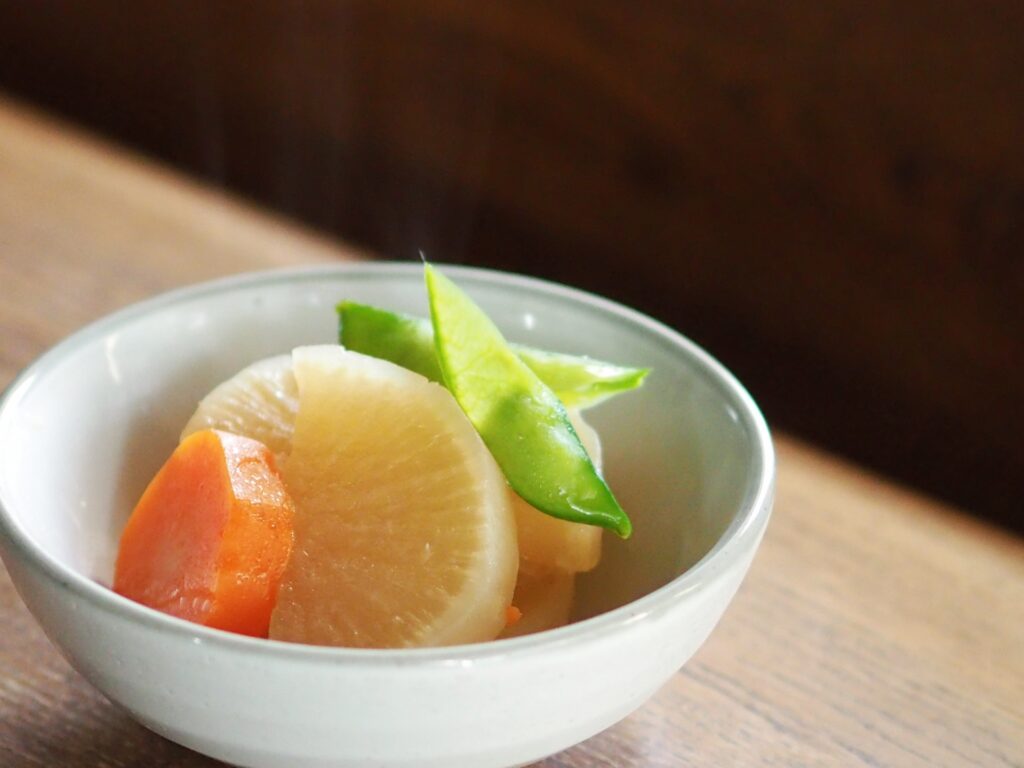
Let me add one more thing. Another word that I learned when I was working in a restaurant in Hong Kong was “savoury”, which is spelt savory in American English. In Japanese cuisine, we have lots of “Shio-something”. Shio is literary translated into salt in English, but the word salt or salty is not very nice because it sounds unhealthy.
In that case, we can use “savoury”, which means salty or spicy and not sweet in taste according to the dictionary. Basically, savoury means not sweet and doesn’t give the impression that the food is not healthy. For example, Okonomiyaki can be translated into Japanese pancakes but pancakes sound sweet to English speakers. If you say Japanese savoury pancakes, it sounds more like Okonomiyaki that we know.
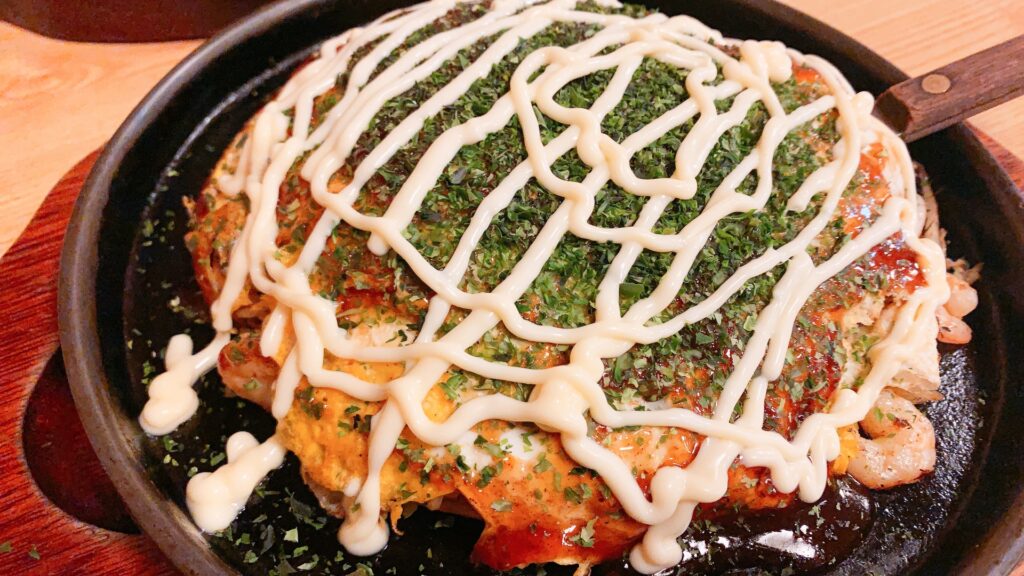
Alright, that’s all for today. Thank you for listening as usual. I am very happy to receive any comments, feedback and questions. And don’t forget to visit my website, nomadonomado.com where you can find the English script of today’s episode.
Thank you again and I hope you enjoyed this episode. Until next time, goodbye!

